The efficient movement of goods depends on a collaborative effort by numerous parties within the logistics industry. The consignor, who initiates the shipment, and the consignee, who receives the goods, therefore play an essential role in this complex system.
So, what exactly does a consignee and consignor do?
A consignor can be an individual, a business, or a company that ships products to another party. The consignor is accountable for preparing the shipment, including packaging and documentation, and ensuring the goods are ready for transport.
On the other hand, a consignee is the receiver of the goods. This party could be a buyer, an agent acting on behalf of the buyer, or another entity designated to accept the shipment. The consignee’s role is to take possession of the goods upon their arrival, inspect them, and ensure they meet the agreed-upon terms of the transaction.
In many cases, the consignee is also responsible for paying the goods if they are the end buyer. For better clarity, let us understand their roles, responsibilities, and key differences.
What Role Does a Consignor Play?
The consignor, as the sender of goods, has several key responsibilities to ensure that the shipment process is smooth and efficient:
Key Responsibilities of a Consignor
- Preparation of Goods: The consignor is responsible for properly packaging the goods to prevent any damage during transit. It includes choosing the right type of packaging materials and methods.
- Documentation: The consignor must prepare all necessary shipping documents, including the bill of lading, invoice, packing list, and other required customs paperwork.
- Arrangement of Transportation: The consignor must arrange for the transportation of goods, whether by road, rail, sea, or air. It includes selecting a carrier and negotiating shipping terms.
- Labeling and Marking: Labelling and marking the shipment is crucial for ensuring that it reaches its intended destination and meets any legal or regulatory standards with any legal or regulatory requirements.
- Communication: The consignor should communicate clearly with the consignee regarding shipment details, tracking information, and expected delivery times.
What is a Consignee, and What Does It Do?
The consignee, who receives the goods, plays a crucial role in the latter part of the shipping process:
Key Responsibilities of a Consignee
Receipt of Goods: The consignee’s primary responsibility is to receive the goods upon arrival. This involves inspecting the shipment for damage or discrepancies.
Verification: The consignee must verify that the goods received match the details on the shipping documents.
Customs Clearance: If applicable, the consignee is responsible for clearing the goods through customs, including payment of any duties or taxes.
Storage and Handling: Once received, the consignee must ensure proper storage and handling of the goods, maintaining their condition until they are used or resold.
Communication: The consignee should promptly inform the consignor of the receipt and condition of the goods and any issues encountered during the process.
Transfer of Ownership Upon Full Payment: Consignor to Consignee
The transfer of ownership from the consignor to the consignee typically occurs upon the full payment of goods. This process involves:
Payment Terms: The payment terms are usually agreed upon in the sales contract. The consignor holds the ownership of the goods until the consignee clears the payment.
Ownership Transfer: Once the consignee makes the full payment, the ownership of the goods is officially transferred from the consignor to the consignee. This transfer is often documented in a transfer of title or similar legal document.4
Responsibility Shift: Upon the transfer of ownership, the consignee assumes full responsibility for the goods, including any risks associated with their use, storage, or resale.
Understanding the relationship between consignor and consignee and their roles and responsibilities ensures a seamless transaction process, reduces the risk of disputes, and ensures that both parties fulfill their obligations effectively.
What is a Consignment?
A consignment is a business arrangement in which one party (the consignor) sends goods to another (the consignee) to be sold or stored on their behalf. The consignor controls ownership of the goods until the consignee sells them. Upon sale, the consignee pays the consignor an agreed-upon price, often keeping a commission or fee for their services. Various industries use this arrangement, including retail, manufacturing, and shipping.
Importance of Listing Both Consignor and Consignee in Consignment Documents
Consignment documents are essential for clearly outlining the roles and responsibilities of both the consignor and the consignee. These documents offer a legal framework that ensures each party understands its obligations and the terms of the shipment. Key consignment documents include but are not limited to, the commercial invoice and packing list, the airway bill/bill of lading, the authority letter, the KYC issued by the client having IEC, and the packing list.
Listing both the consignor and consignee in consignment documents is crucial for several reasons:
Clear Identification: Identifying both parties ensures that the correct entities ship and receive the goods, reducing the risk of errors and disputes.
Legal Compliance: Many shipping and customs regulations require the names and details of both the consignor and consignee for compliance and processing.
Accountability: Including both parties in the documents helps establish accountability for the shipment, ensuring that each party understands their responsibilities and obligations.
Communication: Having both parties’ details readily available in the consignment documents facilitates efficient communication regarding the shipment status, delivery schedules, and any issues that may arise.
The Process of Transferring Ownership Documented Through Consignment
Transferring ownership from the consignor to the consignee is documented through consignment, ensuring clarity and legal validity. This process typically includes the following steps:
Contract Agreement: The consignor and consignee agree on the terms of the sale and shipment, including the conditions for transferring ownership. These terms are documented in a sales contract or agreement.
Shipment and Documentation: The consignor prepares and ships the goods, providing the consignee with all necessary consignment documents, such as the bill of lading, commercial invoice, and packing list. It signifies that the consignee has the right to take possession of the goods.
Payment and Verification: Upon full payment, the consignor issues a final invoice and provides a receipt to the consignee, confirming that the payment has been received and the ownership of the goods has been transferred.
Example Scenario: The Book Publisher and the Bookstore
The below-mentioned example is to illustrate the relationship between consignor and consignee:
The Consignor
Imagine a book publisher named “Elite Publishers,” which produces a wide range of books. Elite Publishers wants to distribute its new line of novels to various bookstores nationwide. In this scenario, Elite Publishers is the consignor because it sends out the books. The consignor (Elite Publishers) will select a carrier and ship the consignment.
The Consignee
“Cozy Reads Bookstore” is one of the bookstores that Elite Publishers partners with. Cozy Reads Bookstore agrees to receive and sell the novels. Here, Cozy Reads Bookstore is the consignee because it receives the books and sells them on behalf of Elite Publishers.
Simplifying Export with Intoglo
Intoglo streamlines your full container load (FCL) shipping needs, offering door-to-door delivery directly to your buyer’s warehouse, consignee’s location, or even Amazon fulfillment centers. They handle the entire ocean freight journey, ensuring your cargo arrives safely and efficiently. With a strong presence in the USA, Intoglo leverages its extensive network to offer efficient shipping services that meet global standards.
One of Intoglo’s key strengths lies in its commitment to customer satisfaction. The company prioritizes a smooth consignee experience by providing regular updates on shipment statuses and ensuring timely and hassle-free deliveries. This proactive approach not only enhances reliability but also highlights Intoglo’s dedication to maintaining high service standards throughout the logistics journey.


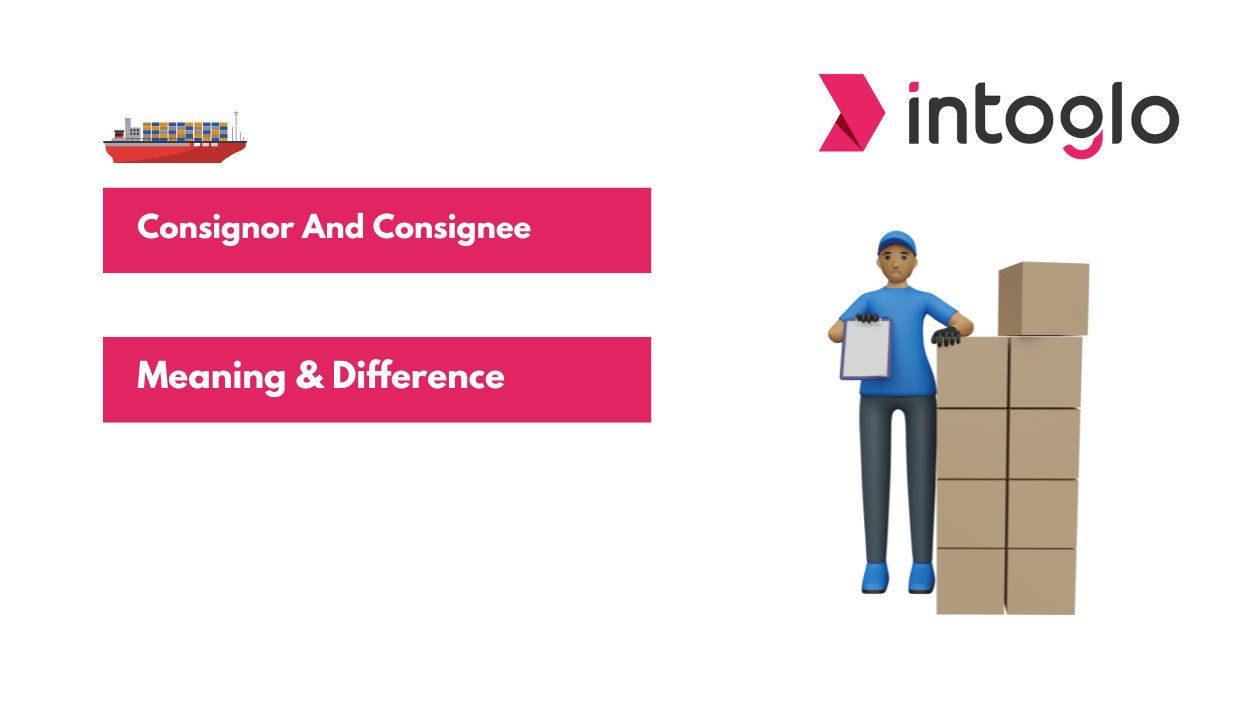
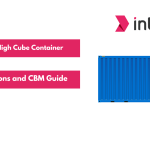

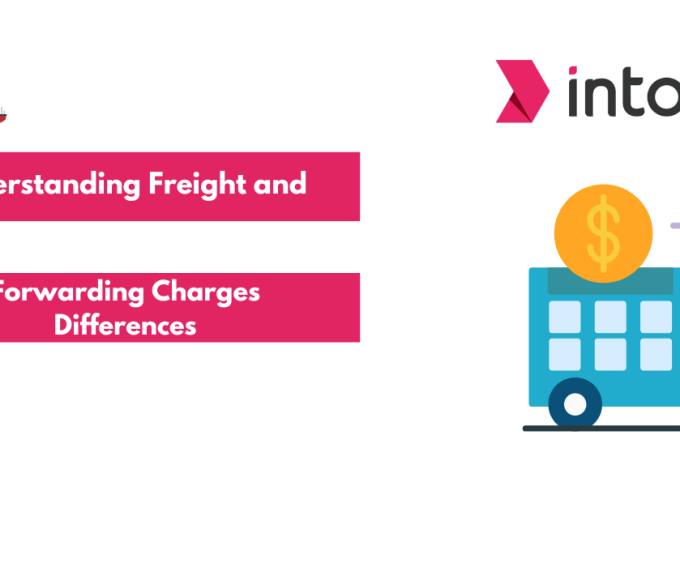

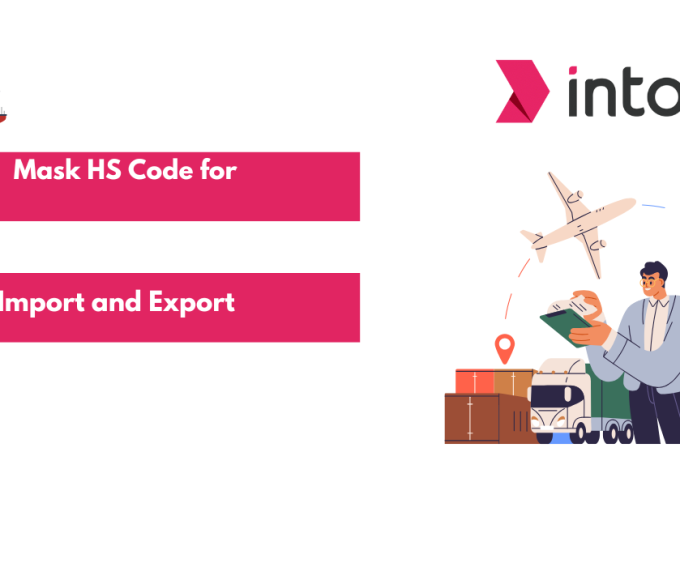
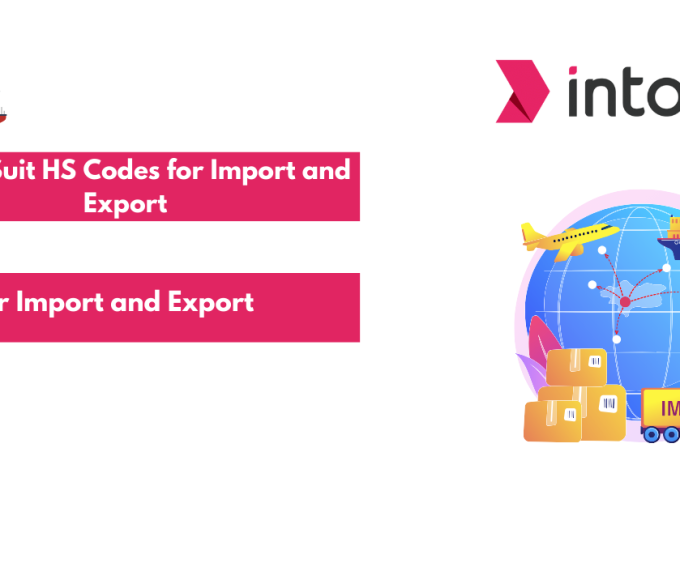
Leave a comment